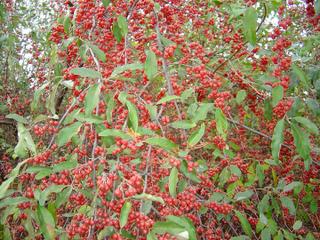 Each April, Daylight Saving Time steals an hour from their favorite part of the day. On Sunday at 2 a.m., when we revert to Eastern Standard Time, the morning people will gain back that lost hour. The sun that broke the horizon around 7:10 Saturday will do it about 6:10 Sunday.
Each April, Daylight Saving Time steals an hour from their favorite part of the day. On Sunday at 2 a.m., when we revert to Eastern Standard Time, the morning people will gain back that lost hour. The sun that broke the horizon around 7:10 Saturday will do it about 6:10 Sunday.
Alas, the gain will be fleeting. As the days slowly shorten, that extra hour of lightness will wane. By the Winter Solstice on Dec. 21, sunrise will be at 7:10 again.
But, say the ever-optimistic morning people, the Winter Solstice marks when we begin winning back bits of the morning. By March 7, sunrise will be at 6:10 again, and by April 2, the day before the Daylight Saving thieves return, dawn will break around 5:20. So the next day, when sunrise is at 6:20, the morning-lovers have lost only 10 minutes from the 6:10 they celebrate this Sunday.
Crazy thinking? Perhaps. But, as evening people say, that's the way morning people are.







